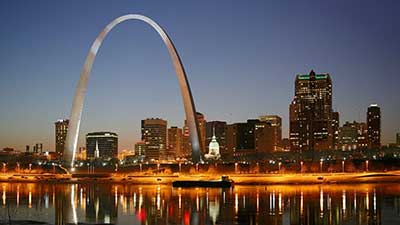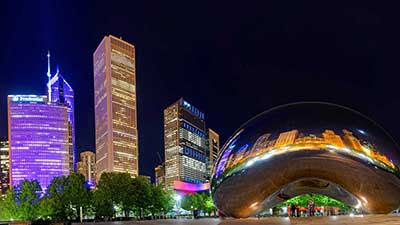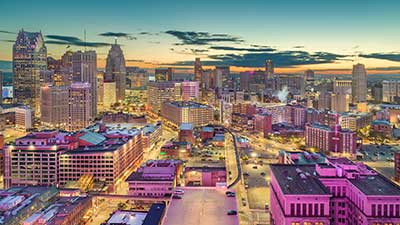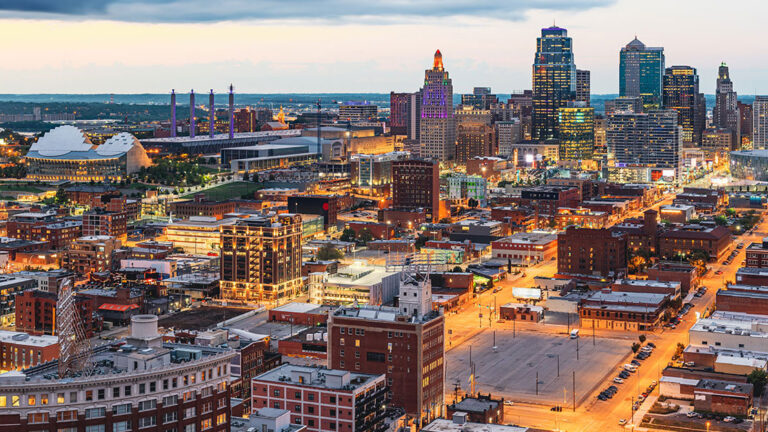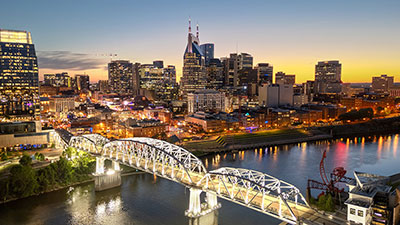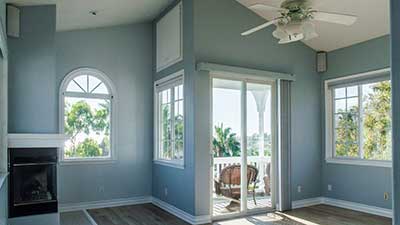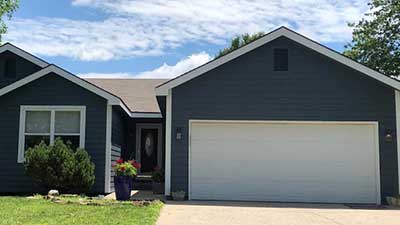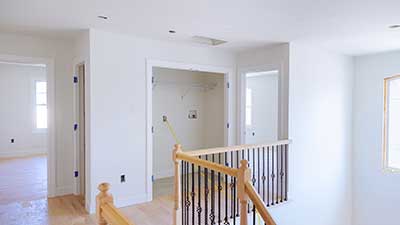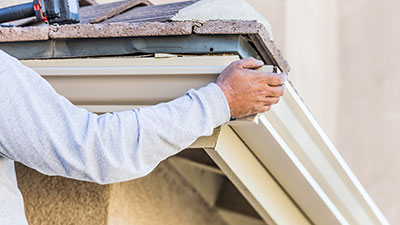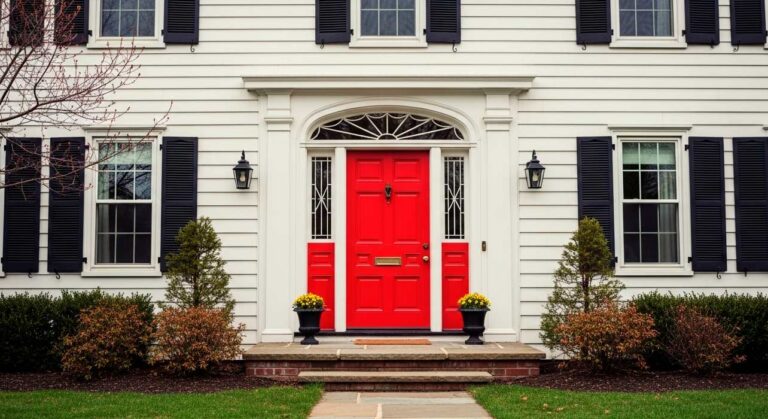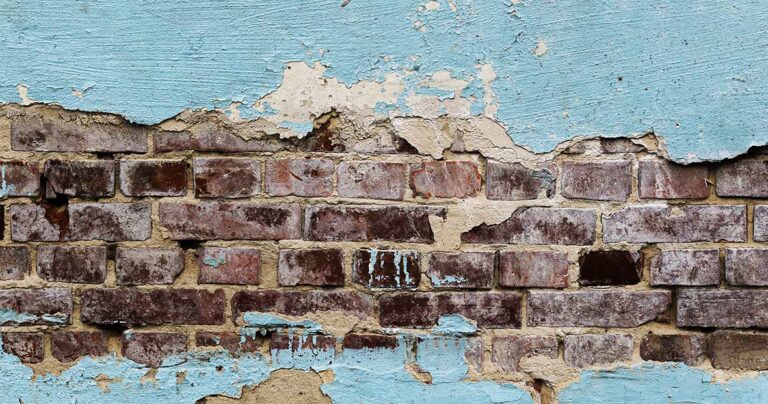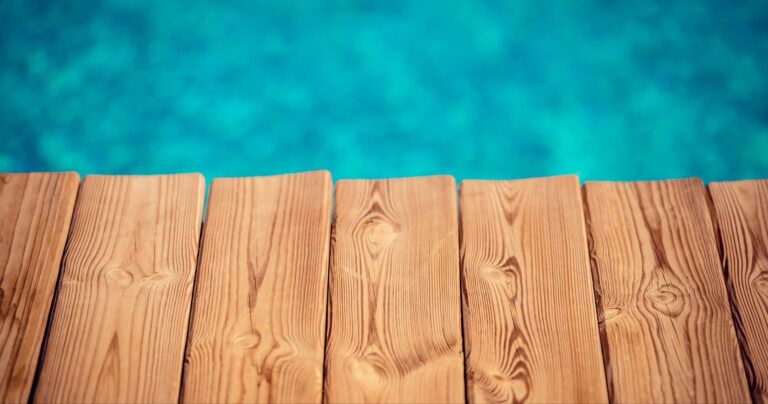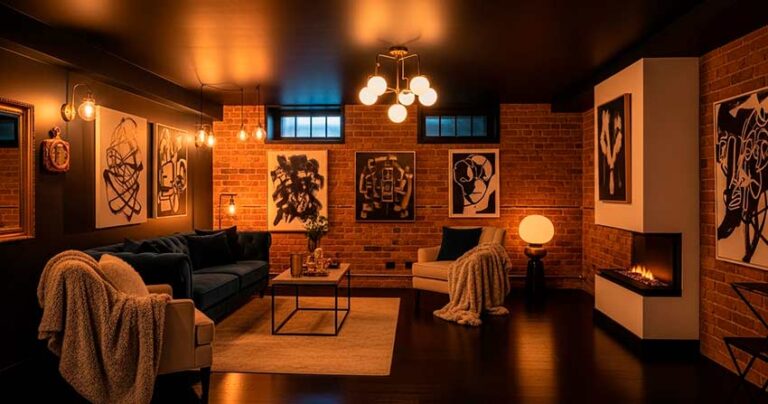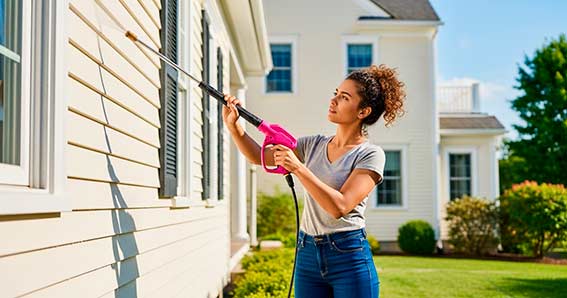Diving into the world of DIY and home renovation, we often find ourselves asking questions that might seem straightforward at first glance, yet hide a layer of complexity beneath. “Can you paint drywall without mudding?” you might wonder, as you stand before the blank canvas of your newly hung drywall. It’s a question that bothers both seasoned DIY enthusiasts and novices alike, challenging the traditional norms of drywall finishing. This exploration is not just about slapping a coat of paint over an unprepared surface; it’s about understanding the craftsmanship behind smooth walls and the potential for time-saving hacks in our continuous quest to beautify our spaces.
As we delve into this topic, we’ll unravel the myths, reveal the truths, and offer insights gleaned from experts in the field. Whether you’re looking to cut corners for a quick refresh or pondering the necessity of mudding for that flawless finish, this post promises to shed light on the nuances of drywall finishing in a way that’s both informative and entertaining. Let’s embark on this journey together, armed with a paintbrush in one hand and an open mind in the other.
Overview of Drywall Mudding
Drywall mudding, also known as joint compound application or simply mudding drywall, is a critical step in preparing walls for painting. This process involves the application of a specialized paste—composed of gypsum dust, water, and various additives—across the seams, screw holes, and nail indentations of drywall sheets to achieve a smooth, seamless finish. The primary purpose of mudding is to conceal drywall seams and imperfections, thereby not only enhancing the wall’s aesthetic appeal but also reinforcing its structural integrity. Mudding drywall serves both aesthetic and functional purposes, such as providing a paint-ready surface, improving soundproofing capabilities, and boosting fire resistance.
Implications of Skipping Mudding
- Opting to paint drywall without mudding can lead to multiple complications, including:
- Visible Gaps and Seams: The absence of mudding leaves drywall seams exposed, resulting in walls that appear unfinished and unprofessional.
- Compromised Finishes: Directly painting over drywall without mudding emphasizes surface flaws, leading to a substandard finish.
- Building Code Violations: Failing to properly mud and seal drywall may contravene local fire safety regulations, as many jurisdictions mandate sealed and primed drywall for compliance.
- Reduced Fire Resistance: The gaps between unmudded drywall sheets can facilitate the rapid spread of fire, diminishing the structure’s overall fire suppressant capabilities.
- Increased Risk of Moisture and Pest Intrusion: Unsealed drywall seams are susceptible to moisture penetration and pest infestations, potentially causing significant damage.
Preparation Steps for Painting Unmudded Drywall
While it’s generally recommended to mud and prime drywall before painting, if one chooses to proceed without mudding, the following steps can help achieve a better outcome:
- Surface Cleaning: Ensure the drywall is free from dust and debris to promote better adhesion.
- Primer Application: Utilize a high-quality primer specifically designed for new or unpainted drywall. This step is crucial to reduce paint absorption and improve coverage, minimizing the appearance of drywall paper and ensuring the paint adheres properly.
Paint Types and Application Techniques for Unmudded Drywall
- Recommended Paints: Opt for high-quality latex or acrylic paints with a flat or matte finish. These finishes are better at minimizing the visibility of imperfections on unfinished drywall.
- Application Techniques: Employ a roller with a smooth to medium nap to ensure even coverage. It is advisable to apply several coats of paint, allowing each coat to dry thoroughly. This method is preferred over applying a single, thick coat, as it helps to achieve a more uniform and smoother finish on the drywall surface.
Pros and Cons of Skipping Traditional Mudding on Drywall
Pros:
- Time-saving: Opting to paint drywall without mudding or using drywall mud significantly reduces preparation time, making it a quicker process to move to the painting stage.
- Cost-effective: This approach saves on both the materials, such as drywall tape and joint compound, and labor costs that are typically associated with the process of mudding drywall seams.
Cons:
- Poor finish quality: The absence of a seamless finish on walls, due to visible drywall seams and imperfections, can result in a less aesthetically pleasing appearance. Covering seams adequately with paint or primer alone without properly mudding and sanding can lead to a rough finish.
- Reduced wall durability: Skipping the step to mud drywall joints increases the risk of cracks and damage over time, compromising the structural integrity of the walls.
- Potential code violations: Failing to properly finish new drywall may not meet local building standards, particularly if the walls are not sealed and primed drywall, which could lead to compliance issues.
Situational Recommendations
- Acceptable situations include: Temporary constructions or areas where aesthetics and the longevity of the finish are not a priority, such as in utility spaces where unfinished drywall is less of an issue.
- Not advisable for: Living spaces, areas subject to inspection, or environments where a high-quality, smooth finish is desired. In these cases, finishing drywall with a moderate coat of joint compound and ensuring walls are perfectly smooth and properly sealed are crucial for both appearance and compliance.
Alternatives and Solutions
For those considering alternatives to traditional mudding:
- Joint tape: Using self-adhesive mesh drywall tape can cover drywall seams with less skill required compared to traditional paper tape, offering a simpler way to prepare walls for painting.
- Decorative techniques: Applying texturing or wall panels can disguise the lack of mudding, offering creative ways to hide drywall seams for a more aesthetically pleasing result.
- Professional assistance: Hiring a contractor to properly mud and prime drywall ensures compliance with building codes and achieves a high-quality finish, especially important when dealing with new drywall.
Expert Opinions
Experts in the field stress the importance of mudding for both aesthetic and structural reasons. For those choosing to skip this step, using alternative materials like self-adhesive mesh tape for easier application and considering the long-term implications are advised. However, for a durable, high-quality wall finish, professionals strongly recommend following best practices in mudding drywall, including the use of a specialized topping mud and ensuring a smooth finish through multiple coats and careful sanding before applying the final paint color.
Conclusion:
Deciding to mud drywall before painting hinges on assessing the condition of the walls, the desired finish, personal skill level, and the project’s end goal. Mudding is crucial for new drywall or to cover significant imperfections in older walls, ensuring a smooth, durable finish. Consider whether the effort and time required align with your capabilities and the importance of the finish in the specific room. Tailoring the decision to your unique situation will help achieve a painting result that meets both aesthetic and practical needs.
